Field fever, or known as leptospirosis, had been documented in more than 10 regions of Tanzania since 1990 but in July 2022, during the hot, humid days of the month, it emerged in Lindi, the country’s region where it had never been reported before, and was thought to be a mysterious disease. Patients who got it were detected at Mbekenyera village, Ruangwa District. In Kiswahili, the disease is referred to as “homa ya mgunda.”
Caused by bacteria that are shaped like a corkscrew, leptospirosis spreads through contact with animal urine. However, due to a lack of awareness about it among healthcare workers and the public, coupled with the absence of tools to diagnose it, the disease emerged as “a health scare” and remains a public health concern to date.
World Health Organisation says the incidence of the disease remains largely unknown in most parts of Tanzania. Patients with leptospirosis can report mild symptoms such as headaches, muscle aches, fever or more severe conditions, such as meningitis and bleeding from the lungs. But the laboratory capacity to confirm the infection in the country is still limited.
Dr Ernest Ntagaye was a clinician on the ground in Lindi as the epidemic began to unfold in early July last year. He was then the Medical Officer in Charge of Mbekenyera Health Centre, and he diagnosed the three patients who later died, raising suspicion of an outbreak.
As the first line of contact with the patients, Dr Ntagaye, who is currently studying Global Health and Management at the University of Aberdeen in the UK, tells his story, recalling what it took to detect, respond to, and report a potential outbreak while working in a primary health facility, with limited resources.
On that day at Mbekenyera village, South Eastern Tanzania, it was imaginably a typical day for everyone else in the area, except for Ntagaye, whose sixth sense was beginning to point to something strange happening in the surrounding communities.
While in the doctor’s office attending to patients, in addition to his other administrative duties, he began noticing a series of patients who had a strange pattern of symptoms that he couldn’t fully attribute to a diagnosis. The health centre where he worked, serves a population of more than 11, 800.
“Emerging from a long queue, a young man in his late 20s entered my office. He appeared weak, had difficulty breathing and had a one-day history of vomiting blood. But he had no fever,” says Dr Ntagaye, recounting the strange moments when the young man he had treated during midday, died just 45 minutes after being admitted to the health centre.
“The patient had ordinary symptoms that any doctor could attribute to many forms of infections. The tests we conducted on him could not yield answers. The usual medications seemed not to work.”
“After just a day I received another patient, with similar symptoms. He was a 54-year old man. He died within the same range of time. I became more concerned at this point. Many diagnoses were running through in my head: COVID-19, Marburg, Ebola, etc.”
“Both patients were coming from one locality. That area is known for cultivation of sesame and livestock keeping,’’ recalls Ntagaye who has had previous experience of working in outbreak areas. Between 2015-2017, when Tanzania battled an outbreak of cholera, he was part of the national cholera response team as a volunteer, with the Ministry of Health working with expatriates from international organisations such as WHO.
After about four years of blending into the Mwera ethnic communities in Mbekenyera, Dr Ntagaye was already familiar with the culture of the people and knew the top 10 causes of illness in the area.
“What I was seeing at that time wasn’t normal,” he tells MedicoPRESS.
Then he went on to make further enquiries from community members, and that’s when he learnt of 3 other people who had died after reporting the same symptoms in a span of two weeks, and in the same locality.
His major fear, however, was that such a suspected disease outbreak in his community was likely to spread widely and unnoticed due to health system challenges in detecting, diagnosing, and reporting epidemics at the primary level.
“The patient I first treated came from a dispensary somewhere. It’s common here, that such cases could be missed at lower level health facilities due to lack of adequate diagnostic tools or at times lack of requisite skills among healthcare workers .”
For Ntagaye, the challenges aren’t limited to dispensaries though. Going way up in the health centres, the need to boost the capacity of laboratories and health personnel in dealing with potential health threats is a prerequisite.
“When I was diagnosing the first patient, it was easy to think of COVID-19, especially because he had breathing difficulties. But we couldn’t rule out COVID-19 at that time because no COVID tests were available at our health facility,’’
Dr Ernest Ntagaye
In the midst of such confusion, and the potential threat of an outbreak at the moment, he says, “There was no waiting. I said to myself, first things first.”
A frantic search for answers, began.
“That same day, I notified the authorities. Then, as days passed, a surveillance team was set up. Samples were collected and taken to the national health laboratory for testing. We couldn’t test the samples at our facility.”
Finally, on July 18, the Ministry of Health issued a statement confirming an outbreak of Leptospirosis, officially reporting 3 deaths, 20 people infected and 2 patients hospitalised. Globally, endemic mainly in countries with humid subtropical and tropical climates, with more than 500,000 cases reported each year.
Following a reported outbreak in Tanzania, a short-lived advocacy campaign followed, but scientists say the disease could strike again, urging for the strengthening of the country’s health systems to save lives, prevent infections and respond to such emergencies.
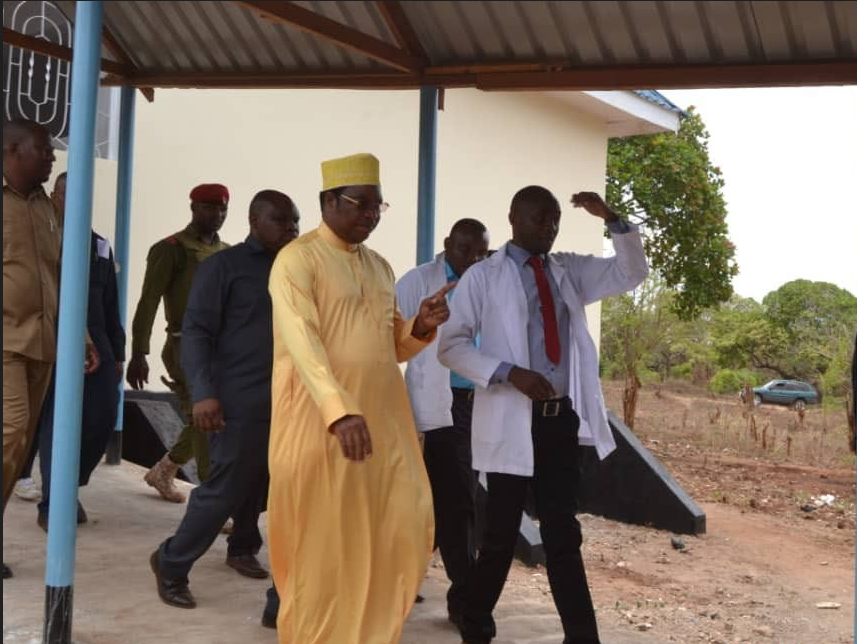
Leptospirosis outbreaks remain rare but when the disease emerges for the first time in an area—and people are not used to the infections—they could develop severe symptoms, argues Elisha Osati, an Internal Medicine specialist at Muhimbili National Hospital.
“This could suggest why in Lindi Region, there were patients with severe symptoms and even deaths,” says Osati, emphasizing on raising awareness about preventive measures. These include proper use of personal protective equipment, such as protective eyewear, rubber boots and gloves, for those working in farming and livestock-keeping activities, which are potentially high-risk environments for leptospirosis transmission.
As for Dr Ntagaye, a clinician with first-hand experience in dealing with the Leptospirosis outbreak in Lindi Region, he believes that lessons must be learned as Tanzania and the world emerge from the COVID-19 pandemic. He says that building future preventative health systems should now be the main goal.
“There is a need to strengthen primary health systems to respond to disease threats and health emergencies,’’ recommends.
“There is also a pressing need for further studies on the pattern of this disease among patients, as this bacterial disease could also emerge with new symptoms.”
Additionally, it’s urgently necessary to develop a rapid diagnostic test for Leptospirosis that is reliable, affordable, and simple enough to be practical in most clinical settings across Tanzania.
Edited by Syriacus Buguzi, in accordance with MedicoPRESS Editorial Policy


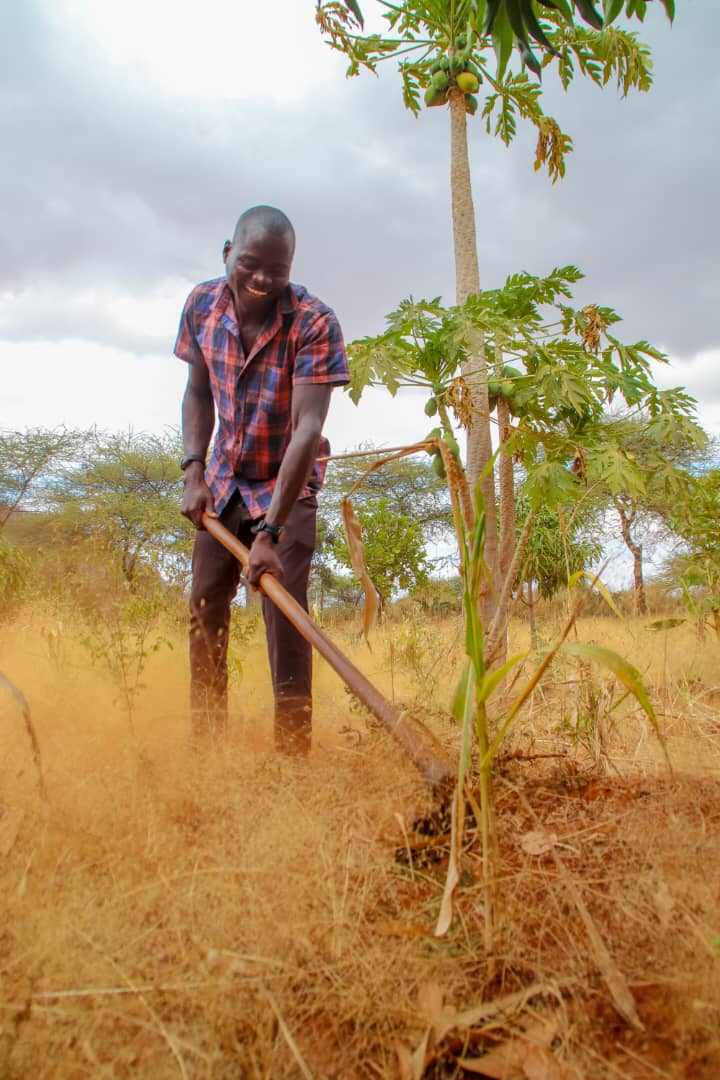
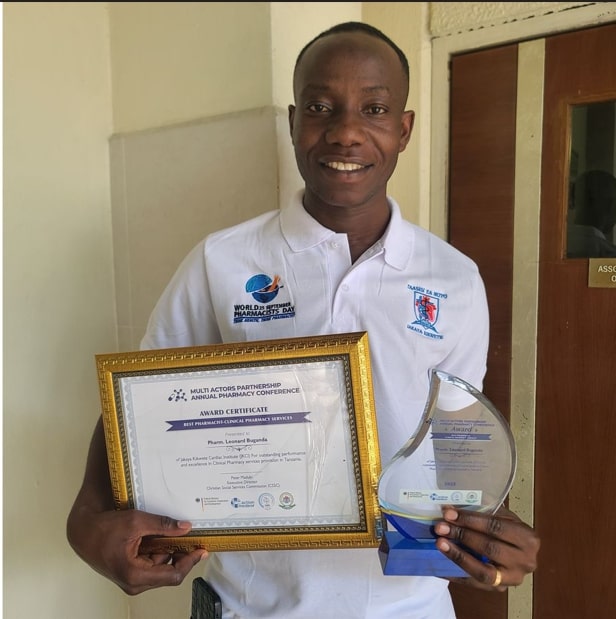

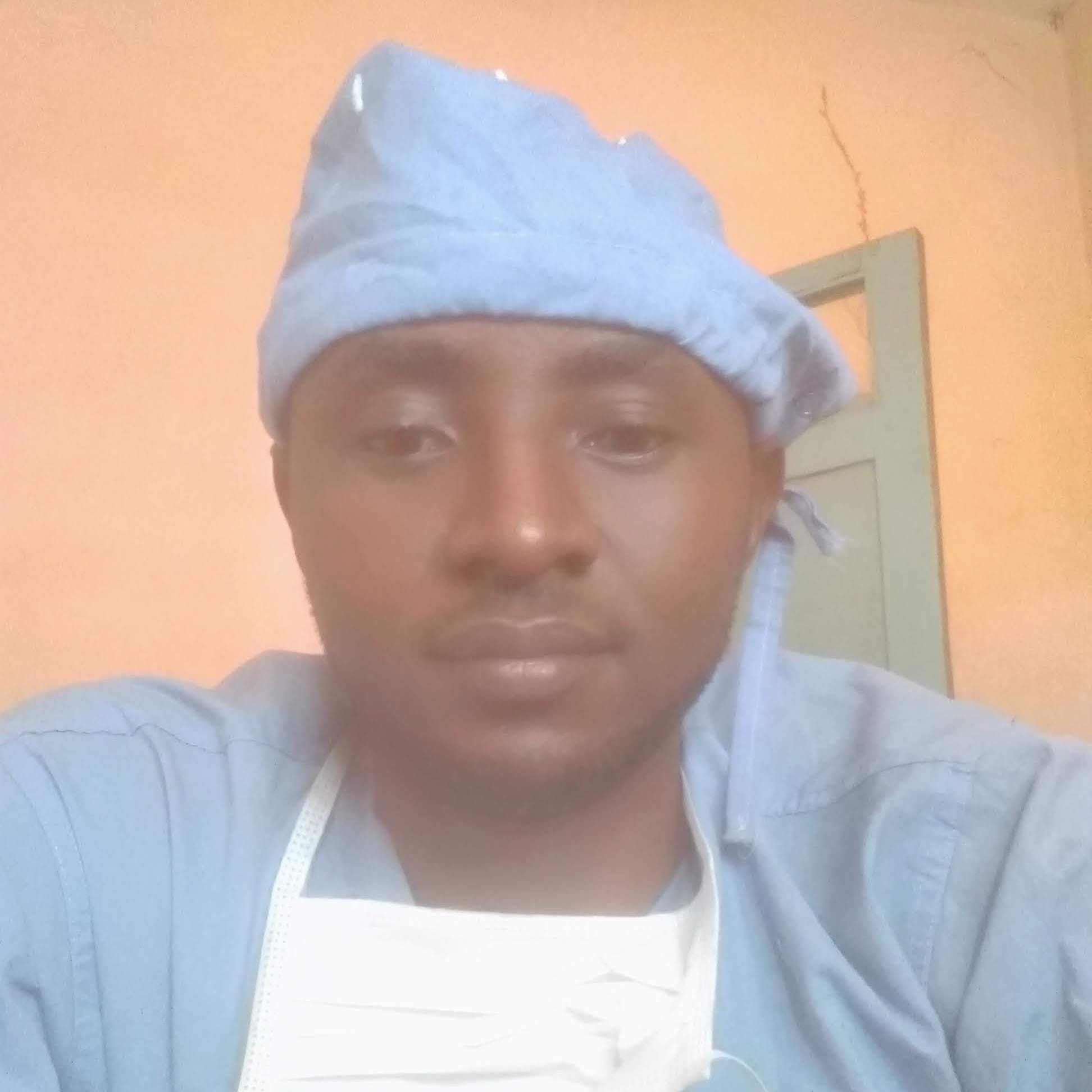

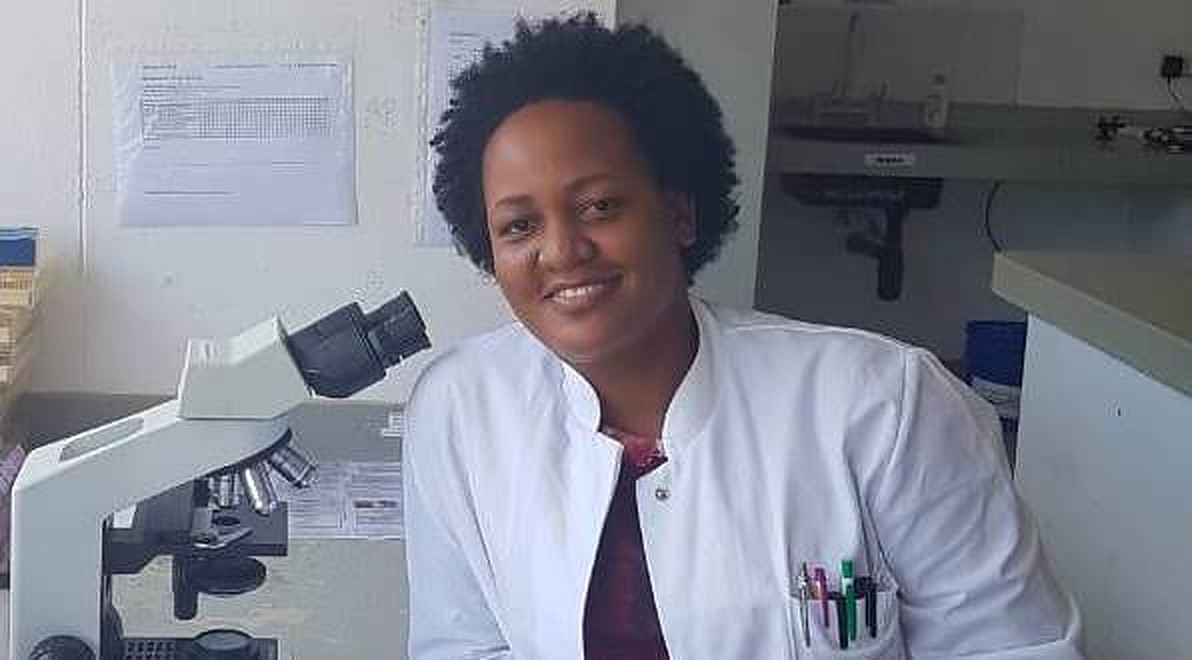
1 comment
Comments are closed.